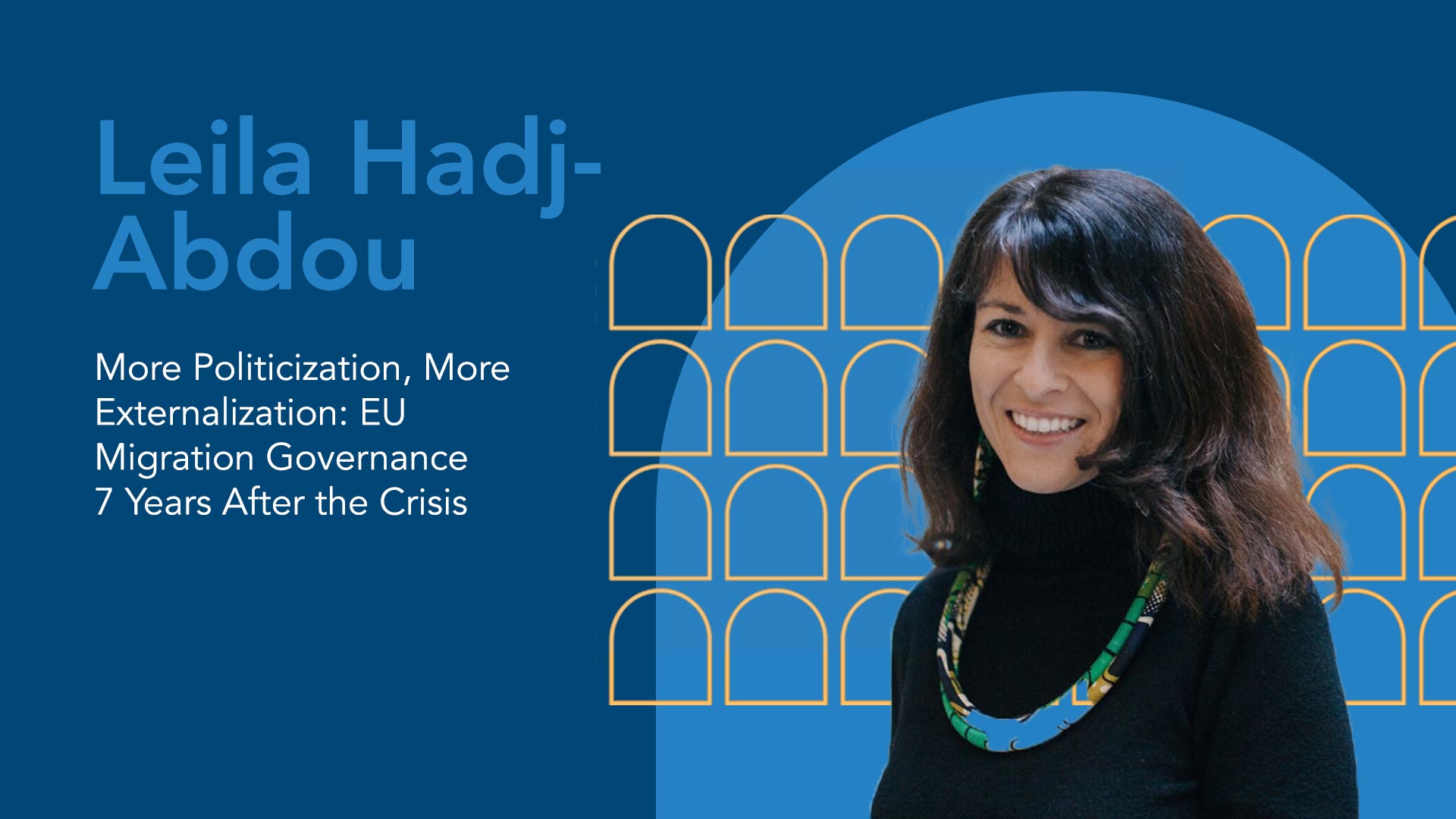Migration crisis as an amplifier not a game changer
Nearly seven years have passed since the 2015 migration crisis. At the time it felt like a potential critical juncture. Instead today we know that the crisis amplified rather than changed underlying dynamics and tendencies in the migration policy field in the EU and its member states, affirming existing policy paths, and accentuating divisions among member states.
In order to understand why the migration crisis has not been a game changer, it needs to be emphasized that the crisis was not necessarily a rupture in terms how migration has been perceived in the past. A crisis perspective is deeply rooted in the thinking of migration as as something juxtaposed to normality, i.e. to the supposed ‘order of things’. Migration has been used to signify ‘problematic mobility‘. It is not seen as a solution, such as escaping conflict or improving livelihood, or simply as a form of human mobility, but predominantly as a problem that needs managing.
Ambivalence as a strategy to reconcile contradictory demands
Another inherent and constant feature of EU migration governance is that it has been oscillating between openness and restriction. This ambivalent approach mirrors the existence of different interests among a diversity of stakeholders in the European Union from humanitarian NGOs to border hawks. Ambivalence and the fudging of policy goals hence has served a strategic function: it provides different signals to different audiences. It has been a way to deal with conflicting and at times contradictory demands. This has been especially evident in the field of asylum, which has been shaped by two objectives – to protect vulnerable asylum-seeking migrants, and to prevent asylum seeking migration.
This is a part of a blog post by Leila Hadj-Abdou.
